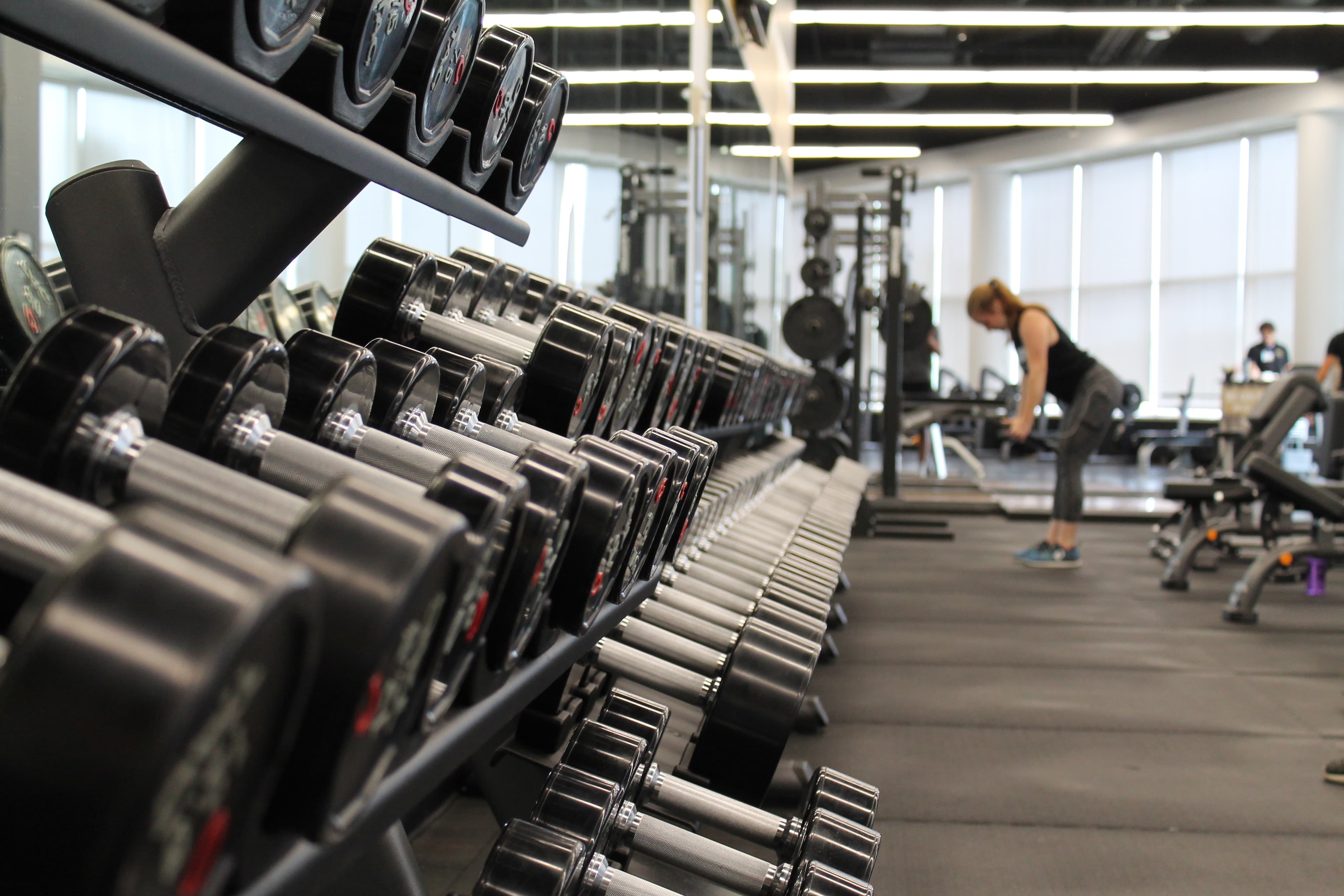Insights
Noisy neighbours: the boom of 24-hour gyms.
Our fitness-fad fallout…
A gym is now often at the top of many of our wish lists when it comes to choosing somewhere to live. Prospective tenants are willing to pay a premium for this luxury and the demand has resulted in a surge in 24-hour fitness facilities, particularly within residential and mixed-use developments.
However, most buildings are not designed for gym use and, if not planned appropriately, there can be significant noise and vibration problems for neighbours – problems that are neither simple nor cheap to fix.
With many people making the most of 24-hour gym access, it’s no wonder complaints associated with noise from gyms are on the rise.
The challenge
The typical noise and vibration complaints about gyms often relate to treadmill and resistance machines, free-weights being dropped, and other high-impact activities, such as dance classes.

In the world of acoustic and vibration consultancy, a lack of accepted industry-wide design guidance means there is uncertainty around the appropriate noise levels. This means that resolving problems can be protracted, litigious, and expensive.
To complicate matters further, predicting sound and vibration is a complex process that’s unique to each structure. However, there are some general aspects to bear in mind when considering a location or working to resolve issues in older spaces…
- Product performance: Whether a development is old or new, it’s likely that mitigation measures will be required, and gym operators will have a multitude of products to consider, weighing up cost against the stated technical performance. At face value, these may promise an attractive reduction in noise – enough to permit worry-free gym use. However, the reality is products frequently underperform and, in some instances, can even exacerbate issues, so advice from an acoustic/vibration consultant can be invaluable.
- User expectations: The noise and vibration reduction that’s needed will vary depending on the neighbour. Residents of a luxury apartment complex, for example, may have a greater reason to complain than occupants of a busy open-plan office. An acoustic/vibration consultant can liaise with the local authority and help to crystallise performance criteria ahead of moving in. This might also reinforce the gym operator’s position should a dispute with neighbours arise.
- Testing, testing: The most reliable way to establish (and perhaps show the local authority) that a site and its fit-out finishes will be fit-for-purpose, is to undertake vibroacoustic tests prior to any tenant agreement. These tests can be as simple as dropping weights from a range of heights to gain an early impression of potential effects to more complex calculations and measurement methodologies that can account for multiple machines being used at once, in addition to a greater variety of weights.

- Early understanding: In highly sensitive areas or in structures that can be easily excited by vibrational sources, an isolated concrete platform mounted on springs is often required. This then brings up questions about cost and structural integrity, given the additional loading upon the structure. If the need for such floors is determined early in the site-acquisition process, then an informed decision can be made whether to proceed.
Ultimately, by gathering information as early in the process as possible, vibration and noise problems can be anticipated and averted.
